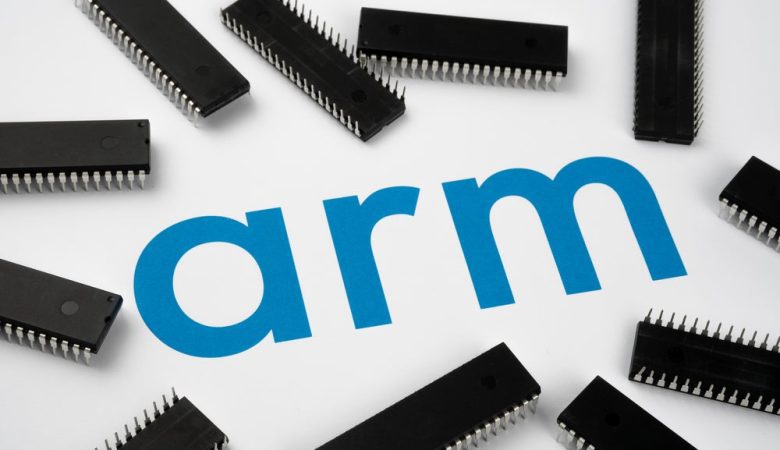
PCB is short for a printed circuit board, which is an important part of today’s electronic company equipment. Basically, a PCB comprises tons of active and passive components. And these parts are connected with traces on the circuit board. Therefore, this technique allows the development of huge circuits on small boards.
These circuit boards offer a lot of advantage. Therefore, they are an ideal choice for the producers of different types of equipment, instruments and electronic components. Let’s take a look at some major advantage of printed circuit boards.
Compact Size
Simple PCB can host a large number of tiny components. These components are interconnected with the help of copper tracks rather than regular wires. As a result, it is possible to connect hundreds of components without worrying about the size of the circuit board.
Generally, these components are small. Therefore, connecting these components with each other is not possible through regular wires. Basically, a simple circuit board provides a platform for the arrangement of electronic components in an efficient manner.
This compactness helps create complex electronic circuits without wasting a lot of space. This is a great benefit.
Ease of Diagnostic and Repair
A PCB allows you to diagnose and repair in a short period of time. The electronic parts and their respective polarities are designed and labeled on the board. In case of a failure, it’s easy to check and perform replacements.
Aside from this a PCB allows you to perform installations conveniently. Often, it’s easier to trace the signal paths during the diagnostic process.
Saving of Time
The traditional boards require a lot of time as far as connecting the components is concerned. On the other hand, PCBs take a lot less time if you want to assemble a circuit in a short period of time.
Less Movement
On a PCB, all components are fixed on the board using solder flux. Therefore, no matter how much you move the board, the components will not move. This makes the circuit much more secure for regular use.
Tight Connections
Since the connections are connected through copper tracks, you won’t have the problem of short circuit or loose connections.
Lower Electronic Noise
A PCB helps eliminate electronic noise if enough care is taken to lay out the components. However, if you don’t perform the arrangements properly, the noise may degrade the circuit board performance.
On a PCB, the electronic components are arranged in a way that there is minimal space between the components. This is what reduces the electronic noise significantly.
Aside from this, a PCB helps lower the radiation and electromagnetic pickup. This helps ensure reduced crosstalk between the parts on the board. Usually, this is a big problem that people face when designing electronic circuits.
Also, the circuit boards help release electronic noise in the form of flickering sound, radiation and heat.
Lower Cost
Since PCBs are cost effective, they help make a large number of circuit boards without costing a lot of money.
Higher Reliability
PCBs are much more reliable than regular boards because of all the benefits mentioned above. In short, these are some of the major advantages of a printed circuit board.











